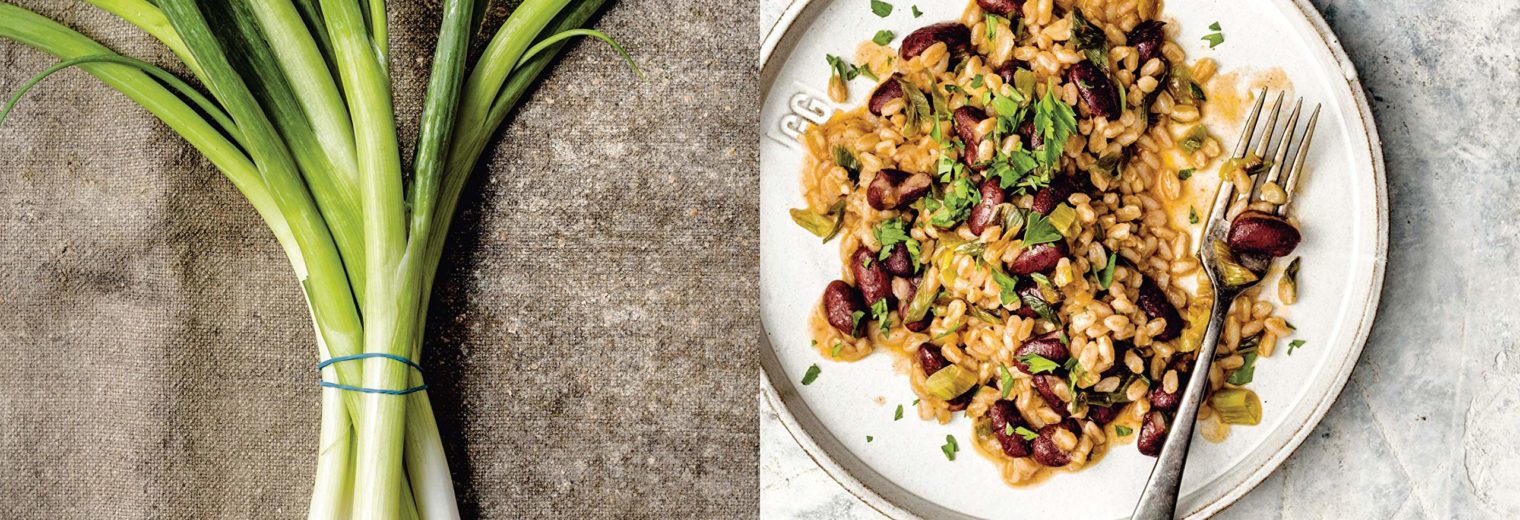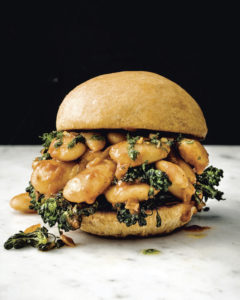More than 100 beautifully simple recipes that teach you the basics of a great vegan meal centered on real food, not powders or meat substitutes—from the James Beard Award-winning chef and author of Afro-Vegan
Food justice activist and author Bryant Terry breaks down the fundamentals of plant-based cooking in Vegetable Kingdom, showing you how to make delicious meals from popular vegetables, grains, and legumes. Recipes like Dirty Cauliflower, Barbecued Carrots with Slow-Cooked White Beans, Millet Roux Mushroom Gumbo, and Citrus & Garlic-Herb-Braised Fennel are enticing enough without meat substitutes, instead relying on fresh ingredients, vibrant spices, and clever techniques to build flavor and texture.
The book is organized by ingredient, making it easy to create simple dishes or showstopping meals based on what’s fresh at the market. Bryant also covers the basics of vegan cooking, explaining the fundamentals of assembling flavorful salads, cooking filling soups and stews, and making tasty grains and legumes. With beautiful imagery and classic design, Vegetable Kingdom is an invaluable tool for plant-based cooking today.


 This recipe has everything I want in a good sandwich—toasted homemade bread, hearty protein, and broccoli rabe. That’s right—I declare roasted broccoli rabe florets as the new default vegetable for sandwiches, lettuce be damned. My friend Soleil Ho, restaurant critic for the San Francisco Chronicle, would likely agree—in her words, “I hate lettuce, but I really hate hot lettuce.” This recipe is inspired by bunny chow, a South African dish made by hollowing out a loaf of white bread and filling it with curry. Although the original version was vegetarian, it is more common to find bread stuffed with meaty curries these days. The first time I had bunny chow was at the now-closed South African restaurant Madiba in my old Brooklyn neighborhood. When I had it a second time, prepared by the People’s Kitchen Collective at the Museum of the African Diaspora’s first Diaspora Dinner, I was blown away.
This recipe has everything I want in a good sandwich—toasted homemade bread, hearty protein, and broccoli rabe. That’s right—I declare roasted broccoli rabe florets as the new default vegetable for sandwiches, lettuce be damned. My friend Soleil Ho, restaurant critic for the San Francisco Chronicle, would likely agree—in her words, “I hate lettuce, but I really hate hot lettuce.” This recipe is inspired by bunny chow, a South African dish made by hollowing out a loaf of white bread and filling it with curry. Although the original version was vegetarian, it is more common to find bread stuffed with meaty curries these days. The first time I had bunny chow was at the now-closed South African restaurant Madiba in my old Brooklyn neighborhood. When I had it a second time, prepared by the People’s Kitchen Collective at the Museum of the African Diaspora’s first Diaspora Dinner, I was blown away.



